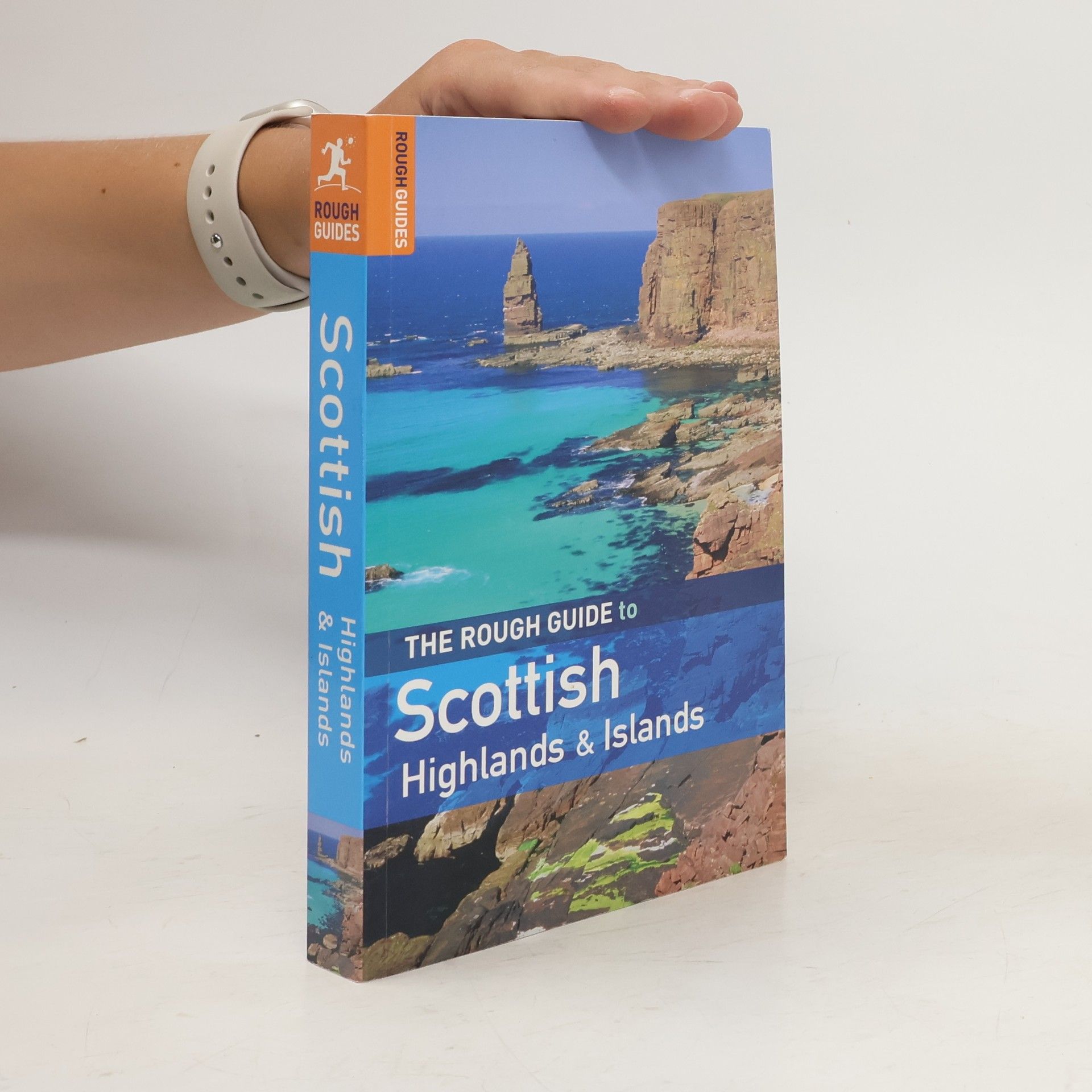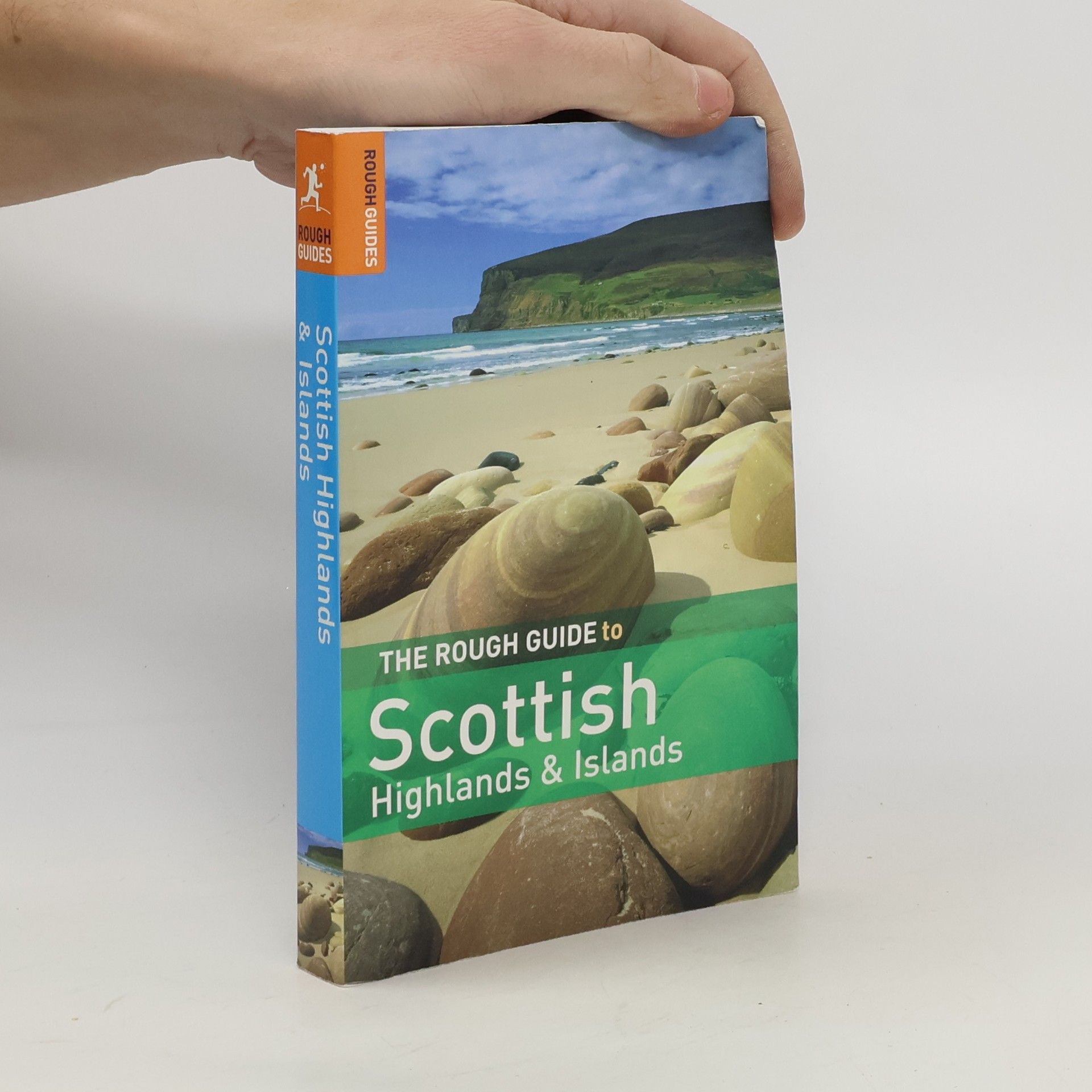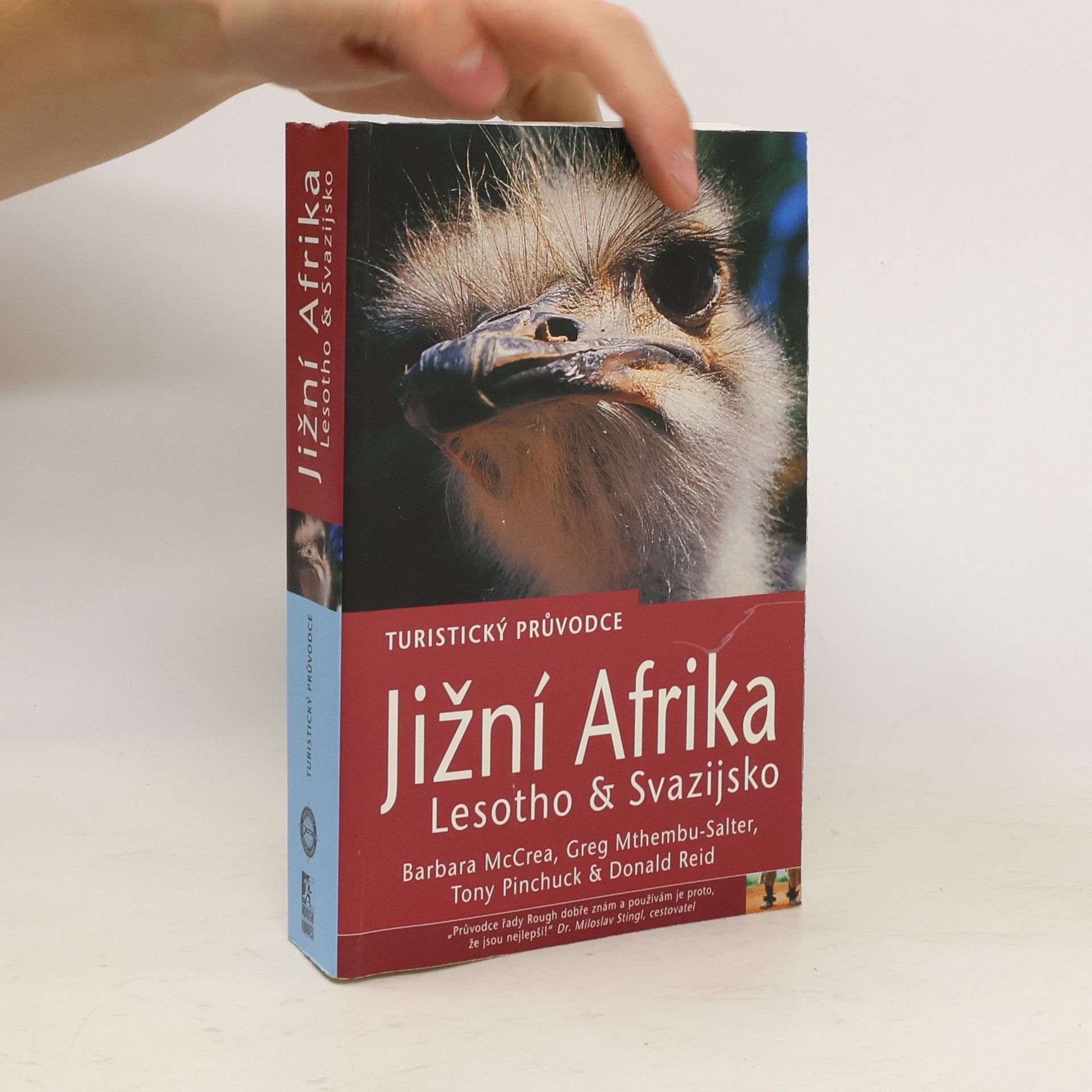A must-read for historians, Reid's study will also open up for general readers the atmosphere of a time so far in the past that it is forgotten, yet so near that history has yet to remember it. -William M. Reddy, Duke University Although I have been living in France for the past ten years, I regret to say that the Lip Affair was unknown to me until now, but having read Donald Reid's description of what transpired, I can understand why. It is simply stunning how the mass media arbitrarily select those events in society which they want to highlight, and those which they want to ignore 'in the interests of the viewer.' I am convinced that the 'gate-keeper' policy of the mass media is one of the primary reasons why the public in general today remain detached from many key issues facing the planet, including consumerism, social inequality, and the onrushing environmental disaster. The multiple issues still confronting women today are of course foremost in my mind when I write this. The ways in which the Lip workers-as Reid describes-confronted their problems, including their strategies in dealing with the media, are therefore truly inspiring, and this book clearly deserves the widest possible dissemination across the social and political spectrum. -Peter Watkins, Film Director
Donald Reid Ordre des livres






- 2018
- 2014
Set against the backdrop of the Decazeville mining community, this book explores the lives and struggles of miners, highlighting their resilience and the harsh realities of their work. It delves into themes of labor, solidarity, and the impact of industrialization on local culture. Through vivid storytelling, readers are immersed in the challenges faced by families and the socioeconomic dynamics of the region. The narrative captures both the grit and the camaraderie that define the miners' experience.
- 2009
Science for the New Zealand Curriculum Year 10 Workbook
- 166pages
- 6 heures de lecture
Written for the new curriculum, Science for the New Zealand Curriculum offers the ultimate resource package for Year 9 and 10.
- 2009
Written for the new curriculum, Science for the New Zealand Curriculum offers the ultimate resource package for Year 9 and 10.
- 2008
The Rough Guide to Scottish Highlands & Islands
- 528pages
- 19 heures de lecture
Include a section that introduces the Scottish Highlands and Islands highlights, from the picturesque coloured houses of Tobermory to the moody, poignant and spectacular Glen Coe. This guide takes a look at Highland history, literature, music, politics and cultural life. It provides tips on accommodation, transportation and restaurants.
- 2007
Jižní Afrika. Lesotho & Svazijsko
- 890pages
- 32 heures de lecture
Průvodce Jižní Afrika, Lesotho a Svazijsko nabízí cestovatelům podrobný průřez touto atraktivní krajinou. Je rozdělen podle destinací a čtenáři se rychle zorientují také díky celé řadě map. Každá kapitola poskytuje krátký vhled do historie oblasti, dále následuje popis krajiny s vyčerpávajícími seznamy ubytovacích zařízení, restaurací, klubů a dalších možností kulturního i sportovního vyžití. Zde jsou uvedeny aktuální otvírací doby i ceny (v randech ? místní měna).Důležitou součástí průvodce po Jižní Africe je samozřejmě detailní popis národních parků a přírodních rezervací. Dozvíte se, kam se vypravit za "velkou africkou pětkou", kdy je nejlépe navštívit útočiště divoké zvěře nebo v čem spočívá atraktivita významného Krugerova národního parku. Rozhodně zajímavé jsou i informace o návštěvách černošských předměstí v Johannesburgu a dalších velkých městech, které si v itineráři cestovních kanceláří teprve hledají místo, o to jsou však rozhodně atraktivnější.
- 2006
The Rough Guide to Scotland
- 942pages
- 33 heures de lecture
Takes a look at Scotland's history, literature, politics and cultural life with details on the country's buildings project, the Scottish Parliament. This book introduces Scotland's highlights, from the wildlife of the Hebrides to the deserted beaches in South Harris. It also includes practical advice for experiencing the Scottish outdoors.
- 2006
The Scottish Highlands & Islands
- 583pages
- 21 heures de lecture
Explore every corner of this unspoilt and dramatic area with the fully-revised fourth edition of the Rough Guide to Scottish Highlands and Islands. From walking along the deserted beaches in South Harris to whale-watching in Mull - inspired by dozens of photos - the 24-page, full-colour introduction highlights all the ''things-not-to-miss''. In addition, there are two, brand-new, 4-page, full-colour inserts: ''Wildlife'' and ''Food & Drink''. The guide includes listings of all the top hotels, guesthouses and the best places to eat and sample the local whiskies. There is plenty of practical advice for exploring the great ''Scottish'' outdoors, from bagging munros to skiing on The Cairngorm mountains. The guide comes complete with maps and plans for the entire region.
- 2005
Edinburgh
- 192pages
- 7 heures de lecture
The main section of this guide gives a district-by-district account of the sights, restaurants, shops, transport links and nightlife, all generously illustrated. In addition there are 27 themed spreads and comprehensive Festival coverage.
- 2002
The Rough Guide to Edinburgh - Third Edition
- 352pages
- 13 heures de lecture
INTRODUCTION Perched on a series of extinct volcanoes and rocky crags, EDINBURGH enjoys a dramatic natural setting unrivalled by any other major European city. Arrive in the very heart of town – either by day, with an east wind tugging at the flags that seem to fly from every building, or by night, when floodlights float grand architecture above the streets – and you’re at once gripped by Edinburgh’s romantic historical essence, where ramparts and ridges, turrets and tenements crowd the eye. One native author of genius, Robert Louis Stevenson, declared that "No situation could be more commanding for the head of a kingdom; none better chosen for noble prospects". In its layout and, many would argue, in its personality too, Edinburgh is divided into its Old Town and New Town, inscribed together on UNESCO’s World Heritage List. The former, perched on the spinal ridge leading down from the majestic cliff-girt Castle, is often dark and mysterious, and still predominantly medieval; the latter, with its graceful Georgian terraces and Grecian architecture, is a planning masterpiece of the Age of Enlightenment, when Edinburgh was Europe’s hotbed of intellectual endeavour. The Old Town swirls with gory tales of body-snatchers – crowded with Gothic detailing, its looming medieval housing and historic facades lend a very distinctive appearance and atmosphere – while the New Town, with its douce lawyers and canny bankers, captures the capital’s deeply dyed respectability. Being a relatively small city, with a population of under half a million, there are also marked contrasts between the closely packed grandness of Edinburgh’s centre and the grim, underprivileged housing estates of the outskirts, as portrayed on the big screen in Trainspotting – rarely seen by visitors, but still very much part of the modern city. A royal capital from its earliest days, Edinburgh’s status took a knock when James VI of Scotland left the city for London in 1603 to take up the British throne as James I. Just over a hundred years later, the Scottish parliament also disappeared as Westminster assumed control, and while Edinburgh never lost the style, appearance and trappings of a capital city, its self-importance rang hollow for many. However, the return of the Scottish Parliament to Edinburgh in 1999, after nearly three hundred years of rule from London, has lent renewed vigour to the political, commercial and cultural scenes, and Edinburgh is taking the opportunity to prove itself a dynamic, influential and thoroughly modern European capital. The recent opening of the new National Museum of Scotland, the redevelopment of Leith docklands, the rapid erection of new homes and offices in various parts of the city and the anticipated appearance of the architecturally ambitious Scottish Parliament building, due to be unveiled in 2003, are all contributing to this upturn in the city’s vitality and spirit. Above all, Edinburgh is a cultured capital, in part due to its rich literary and artistic connections, but also thanks to the unique creative outpouring of the Edinburgh Festival, the largest celebration of the arts in the world. The event draws around a million visitors to the city each August, and generates a carnival atmosphere matched only by the much shorter but even more boisterous celebrations at Hogmanay. Edinburgh also maintains a vibrant cultural life throughout the year, with innovative theatre, energetic clubs, live music and heavyweight literary and artistic events. The social life of the city has been equally enlivened in recent a number of stylish new Modern Scottish restaurants, which use traditional local produce such as venison and salmon to create innovative new dishes, have begun to earn Edinburgh recognition on the culinary map. Long known as a great drinking city thanks both to its brewing and distilling traditions and its distinctive howffs (old! pubs), Edinburgh now boasts a host of stylish bars and a thriving café culture, fuelled mainly by the presence of three universities, plus several colleges, which ensure a youthful presence for most of the year – a welcome corrective to the stuffiness which is often regarded as the city’s Achilles heel.


